Cultures
Deforestation is causing a world without these animals
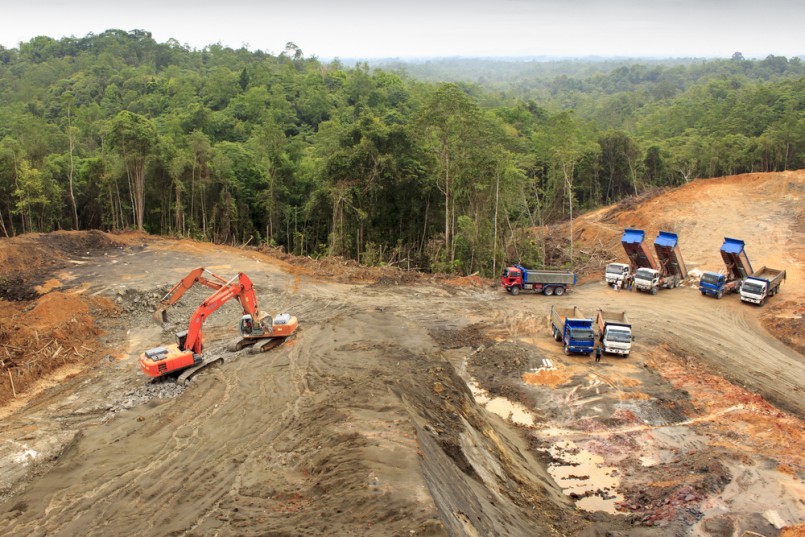
Deforestation: Rich Carey / Shutterstock.com
Deforestation is causing a world without these animals
According to the Center for Biological Diversity, our planet has entered its sixth mass extinction. Although extinction is natural at a pace of between one and five creatures per year, current extinction rates have increased by 1,000 to 10,000 times, resulting in dozens of species going extinct daily. Since species are always closely connected within world ecosystems, each extinction leads to the next. Although the previous five extinctions were caused by volcanic activity, asteroids, and natural climate events, our current situation reflects nearly 100% man-induced biospheric alterations like habitat loss, global warming and other activities. Scientists anticipate the possibility of losing up to 50% of the world’s biodiversity by mid-century.
Deforestation plays a big part
One of the main areas of focus linked to extinction rates is the destruction of deforestation worldwide, occurring primarily due to conversion for agriculture or cattle ranching, illegal or unsustainable timber logging, fires, fuelwood harvesting and climate-induced changes—at a rate of forty-eight football fields every minute. World Wildlife Fund states that “Once a forest is lost to agriculture, it is usually gone forever—along with many of the plants and animals that once lived there.” Forests account for over 30% of all land area on the planet, producing essential amounts of oxygen for the world and housing billions of creatures. Around 80% of the world’s documented species live in rainforest areas which are threatened with deforestation today. Particularly imperiled are the Amazon rainforest as well as the Amur-Heilong, Borneo and Sumatra geographical regions, housing more than 40,000 plant species, 3,000 freshwater species and nearly 400 kinds of reptiles. Let’s take a look at a few of the species we may lose if deforestation continues at current rates.
Asian elephant
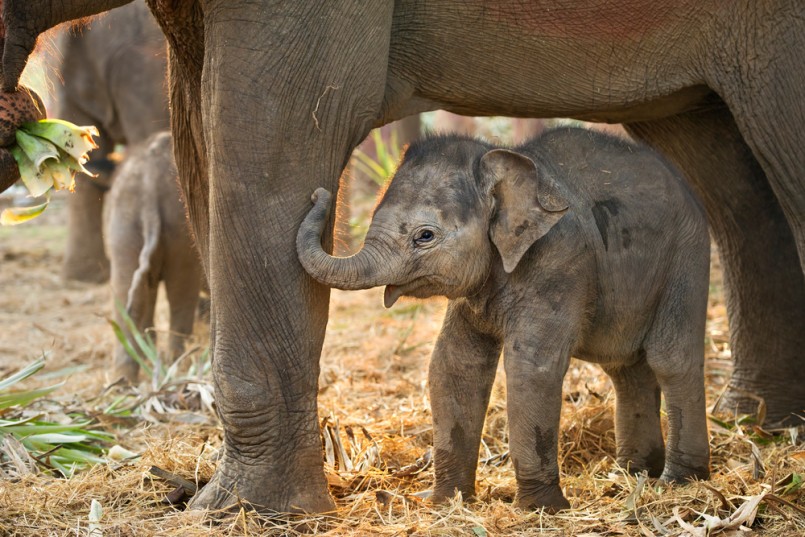
Image: Shutterstock/worradirek
Very sociable creatures, these animals form matriarchal groups of up to seven typically, and feed on grass, tree bark, leaves and stems throughout the day, also heavily relying upon close water sources for daily drinking. Bananas, rice and sugarcane are their favorite food sources.
Macaw
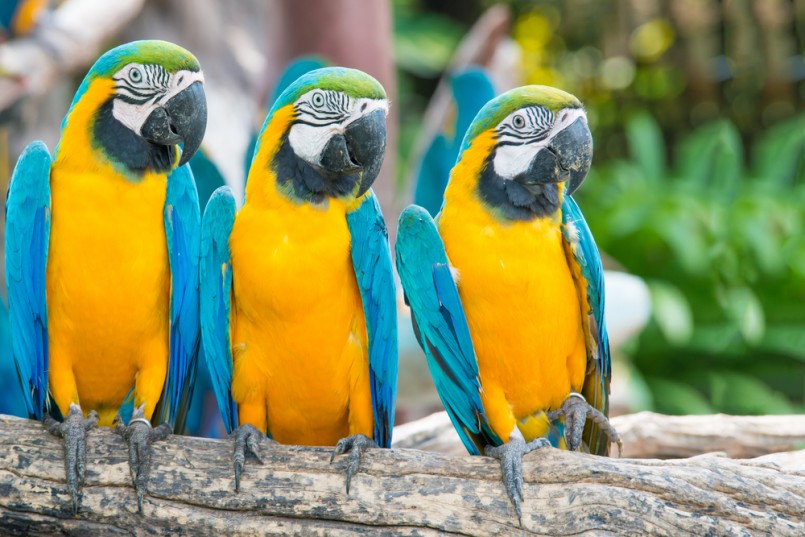
Image: Shutterstock/Prasit Rodphan
One of more than 1,000 bird species in the Amazon rainforest, the brightly colored macaw is superbly intelligent, can live nearly sixty years and mates for life. The illegal pet trade marks a secondary threat to this bird aside from deforestation.
Sloth
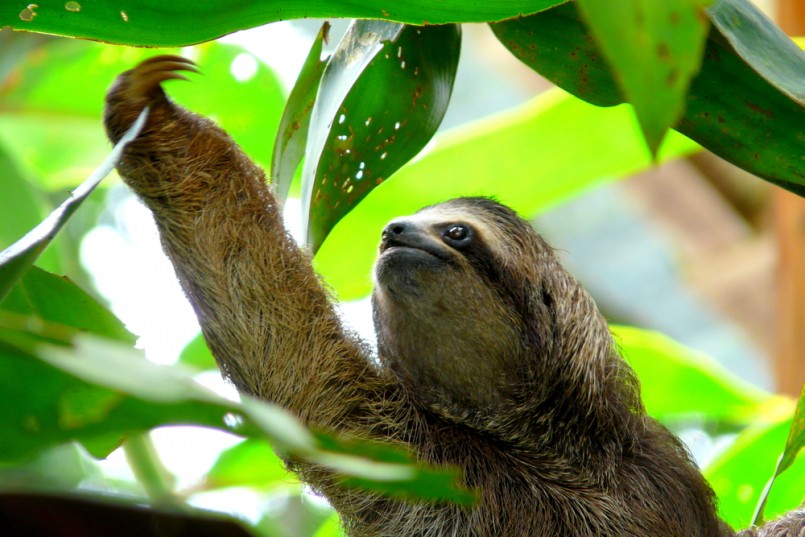
Image: Shutterstock/Nacho Such
Among the known six species of sloth, the pygmy sloth and maned sloth are critically endangered and vulnerable. Essential to rainforest ecosystems, these slow-moving creatures glide through the treetops at a rate of about forty yards daily, eating leaves, twigs and buds as they go. They also love to swim and will drop from a tree into the water for a splash quite often!
Amur leopard
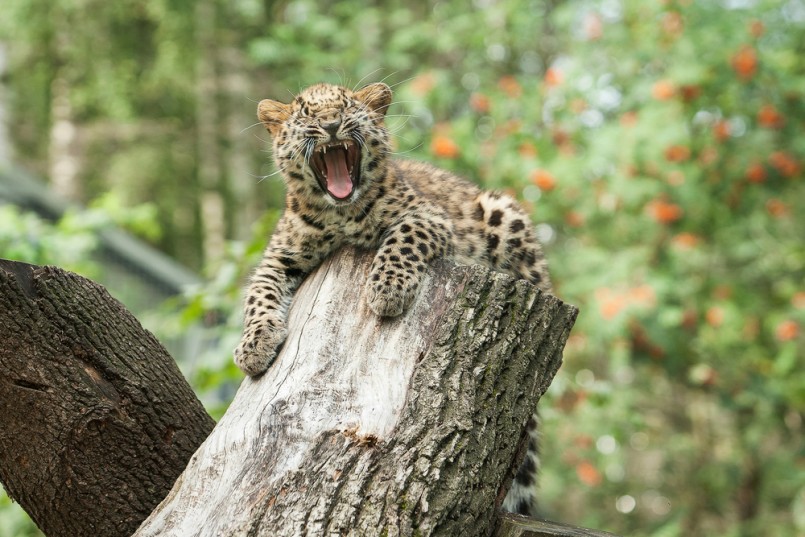
Image: Shutterstock/dien
These rare beauties can run up to 37 mph, leap nineteen feet horizontally and ten feet vertically. They are strong and solitary, often carrying their freshly killed prey to hide from others. Some males stay with females after mating to help with the offspring. They can live between ten and twenty years.
Sumatran orangutan
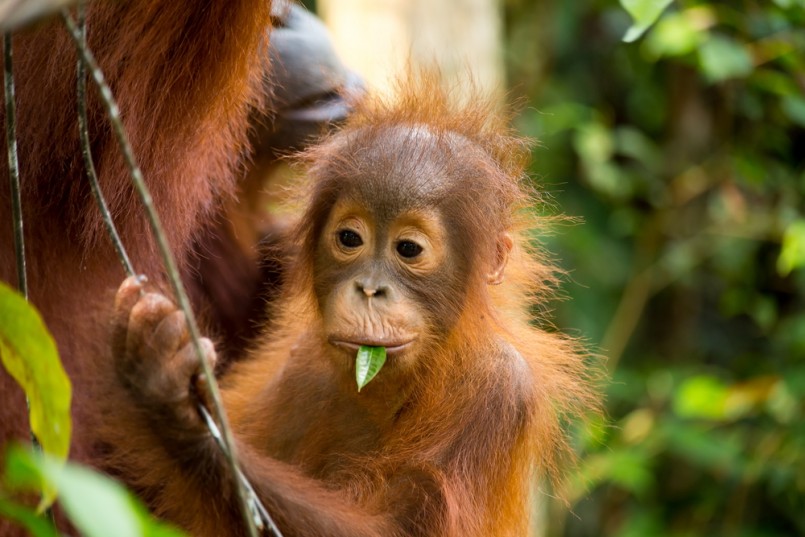
Image: Shutterstock/Kate Capture
Critically endangered, these animals live nearly their entire lives in the trees of tropical rainforests, and are known to feed together on fig trees, creating social groups. There are only nine existing populations left, and only seven are likely to survive long-term with around 250 creatures in each. Only three groups have more than 1,000 left. Around seventy have been confiscated from the illegal pet trade and are being reintroduced to Bukit Tigapuluh National Park. Also at risk is their cousin, the Bornean Orangutan.
Rhino
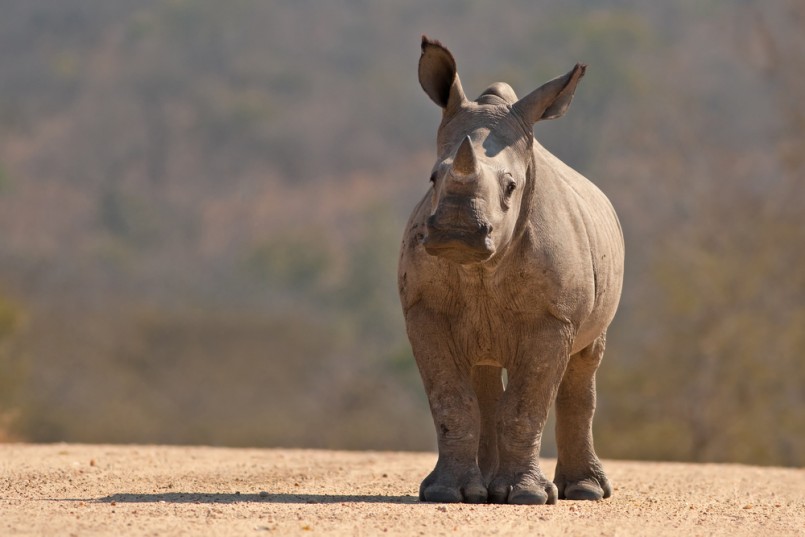
Image: Shutterstock/Sue Berry
The Javan and Sumatran rhinos of Asia are critically endangered, with a subspecies of the Javan declared extinct in 2011. Poached for their horns, this creature is the subject of a few conservation efforts—helping their cousin, the Indian one-horned rhino—increase numbers recently. The Northern White Rhino is likely extinct in the wild with a few alive in a Kenyan sanctuary. Black rhinos have almost doubled to around 5,000 living creatures with protections in place, but are still far below earlier estimates.
Bonobo
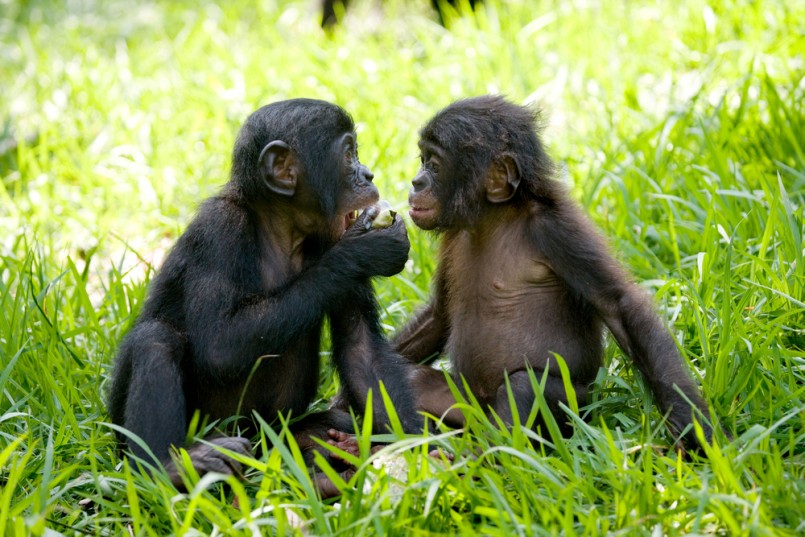
Image: Shutterstock/GUDKOV ANDREY
Closely related to the chimpanzee, the bonobo is still mysterious to scientists as its elusive habits are difficult to study in the forests south of the Congo River. Civil unrest and increasing poverty in the Congo area of forests have resulted in poaching and increased deforestation, threatening these creatures. They don’t reproduce quickly and are anticipated to continue to decrease in number in future decades.
Other endangered beauties include: the Amur tiger, the Amazon River Dolphin, the Jaguar, the Poison Dart Frog, and the Black Spider Monkey, to name just a few among hundreds of others. As we become more aware of our own lifestyle habits that contribute to deforestation, we must act to prevent the loss of the aforementioned creatures and numerous more connected to them through vast, interlinked ecosystems. As scientists have clearly noted, their loss is very much ours.

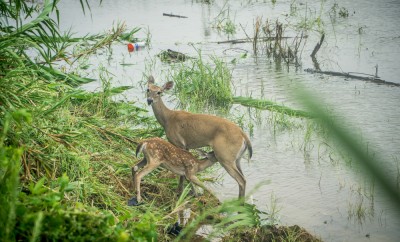



0 comments